TOPIC 9: LIGHT
JOIN US WHATSAPP CLICK HERE
JOIN US TELEGRAM CLICK HERE
Sources of Light
The Concept of Light
Explain the concept of light
Light if a form of energy. It is a kind of energy which can stimulate our eyes and make us see things around us. Light can carry both energy and information. Light energy can travel in vacuum and at very high speed of about 300,000,000 m/s.
By definition, light is the form of energy which stimulates the sensation of our vision. It is not possible to see objects without light. In order for our eyes to see objects, light must come from the objects to our eyes.
Sources of Light
Identify sources of light
Sources of light can be natural or artificial. The sun is the natural source of light. On the other hand, torches, candles, kerosene lamps, electric bulbs, fluorescent lamps, are some common examples of artificial sources of light.
Natural sources of light produce light energy naturally by their own while artificial sources of light give out light energy after transforming it from other forms of energy.
For example, electric lamp produce light by transforming electrical energy into light energy. Torches produce light energy from the chemical energy stored inside the dry cells.
Difference between Luminous and Non-luminous Bodies
Distinguish luminous from non-luminous bodies
Luminous bodies are bodies which can produce light energy by their own. Examples of luminous bodies are The Sun, Stars, electric bulbs, candles, fluorescent lamps, torches and many more.
Non-luminous bodies are bodies which do not produce light by their own, but they reflect light from luminous objects. One of the non-luminous bodies is The Moon which reflects light from the sun. Non-luminous bodies are seen because they reflect light from luminous bodies.
Propagation and Transmission of Light
Reflection of Light





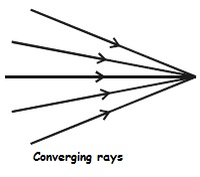
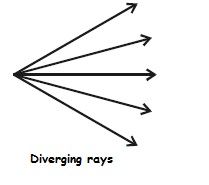
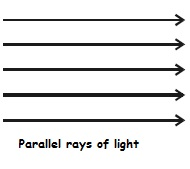
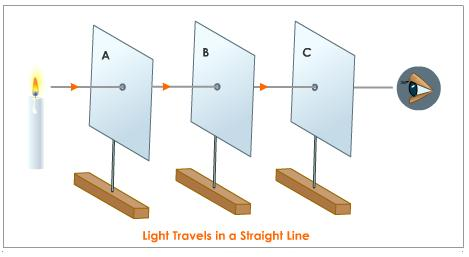
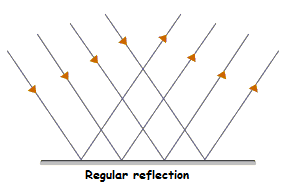
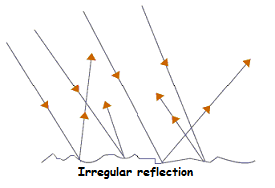
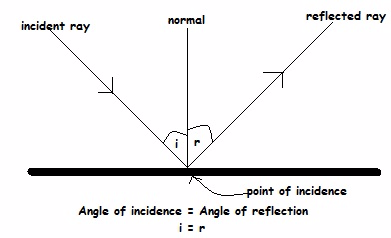

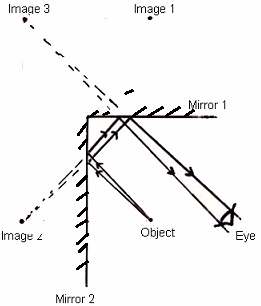
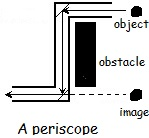
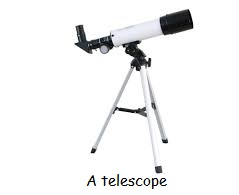
1 Comment
Thanks